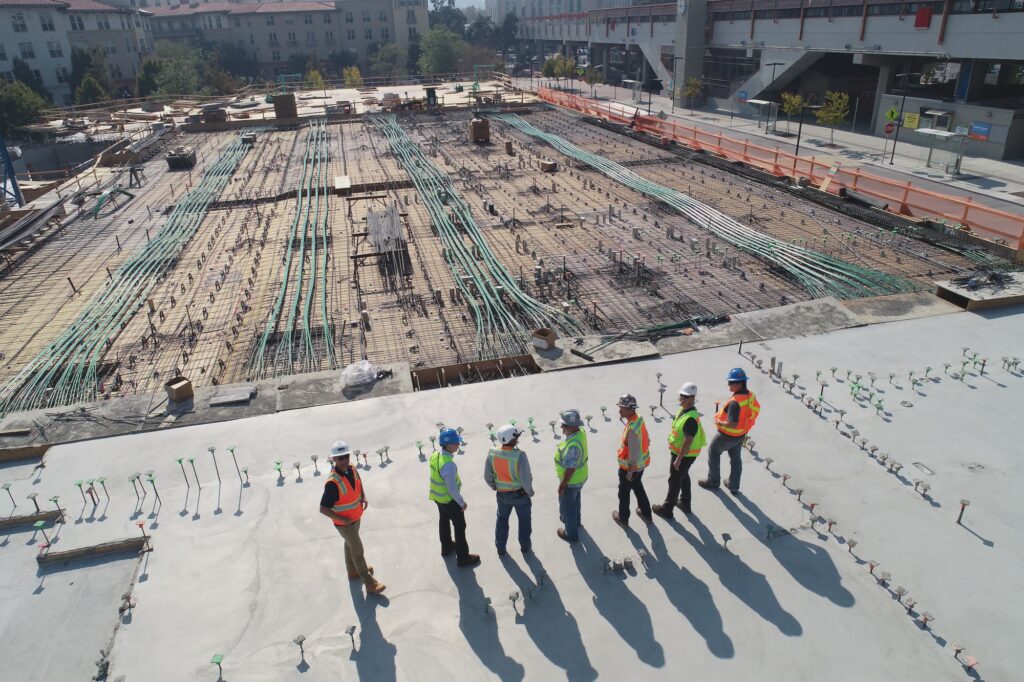We’re buying more online than ever before, and it’s not just on Black Friday or Prime Day. Businesses are getting in on the game, too. B2B e-commerce volume in the U.S. will reach $3 trillion in 2027, growing at twice the rate of off-line sales.
The PPE and Safety Equipment industry isn’t immune to these trends. McKinsey predicts that online sales of PPE in 2024 will pass $3 billion in the U.S. alone. With 83% of B2B buyers preferring to order digitally, it’s critical for consumers to be informed (and cautious) when navigating the minefield of B2B e-commerce.
To help consumers and safety professionals buy PPE and safety equipment online with confidence, ISEA has created a resource page with tips and some cautions, too. Below are some highlights.
Know What You Need
To first determine what types of PPE and safety equipment are appropriate (and required) for a particular job, ISEA strongly recommends having a trained safety expert (e.g. someone holding a CSP or QSSP certification) conduct a job hazard analysis. There’s a wealth of educational information online that can complement this assessment, but it simply can’t replace it. Unless you’re an OSH expert with experience in safety, regulations, and standards, leave this step to the experts.
Know Your Standards
Standards set a baseline of product performance for PPE and safety equipment. They’re critical to worker safety, but to the untrained eye they’re complicated, technical, and even overwhelming. Say you want to buy head protection. Do you need ANSI/ISEA Z89.1 Type I or Type II? Will the workers be exposed to electrical hazards? If so, what voltage level? Will you need an E,C or G specified hard hat? When it becomes to PPE & safety equipment, these details make the difference between life and death.
Buy from a Trusted Source
Just as you wouldn’t buy medications or baby formula from a suspicious website, don’t buy PPE or safety equipment if you have any doubts about the legitimacy of the website or the specific seller. It’s important to note that, in contrast to traditional distributors or manufacturers, online retailers don’t always have the same liability if something goes wrong with your purchase.
Look Out for Red Flags
Counterfeit goods make false claims about the brand that made them. But counterfeit goods can also make false claims about the performance they deliver and the level of protection they provide, which poses a serious risk to the 125 million workers in the U.S. that use PPE or safety equipment on the job. Despite the efforts of e-commerce providers, counterfeit goods are still a significant issue, with nearly 7 in 10 consumers unknowingly purchasing counterfeit items online in the last year.
Identifying counterfeit goods online can be notoriously difficult, but here are a few recommendations:
- Beware of typos: We get it. Standard names are long and complicated (e.g. ANSI/ISEA Z89.2 2014(R2019), for example!) But look carefully to ensure the manufacturer or reseller is referencing the correct standards, OSHA regulations, etc. When worker safety is on the line, details matter.
Beware of inaccuracies and misleading terms: Use of improper terms like “ANSI certified”, “ANSI approved” or “OSHA approved” signal that the manufacturer or reseller might not be familiar with the intricacies of the regulatory system. ANSI doesn’t certify and OSHA doesn’t approve PPE.
Beware of unrealistic promises: If it seems too good to be true, it almost always is. Promises of extreme or over-performance for inexpensive equipment should be viewed with a careful and critical eye.
Trust But Verify
Typically, manufacturers obtain their own testing to prove compliance to a specific standard. If you have any doubts or suspicions about a product, reach out to the manufacturer or seller and ask to see a copy of the testing papers for the product you wish to buy. Any reputable manufacturer or reseller should be happy to provide this information to you.
For more tips on buying PPE and safety equipment online, visit the ISEA resource page.



